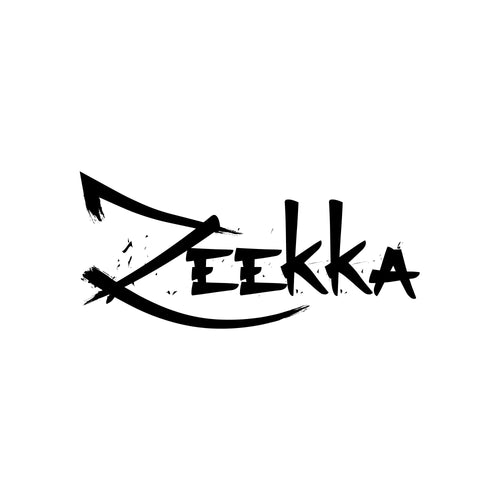What make Damascus Steel unique?
Traditional Damascus Steel is a famed type of steel recognizable by the watery or wavy light and dark pattern of the metal. Aside from being beautiful, Damascus steel was valued because it maintained a keen edge, yet was hard and flexible. Weapons made from Damascus steel were vastly superior to weapons formed from iron! Although modern high-carbon steels made using the 19th century Bessemer process surpass the quality of Damascus steel, it remains an outstanding material, particularly for its day.
Damascus steel is a unique ferrous material produced by the Arabs in the homonymous city in Syria, up to half of the 18th century. It is recognizable by a peculiar and intriguing floral like pattern on the surface of the steel with a succession of shiny metallic bands and darker opaque ones, in analogy, if you want, to the damascato fabric.
Besides the pleasant optical effect it was and is well known and sought after for combining a very high hardness and a tendency to maintain it's cutting ability, and a high toughness (the opposite of fragility which is the tendency to shatter upon impact). This combination of toughness and hardness is the mantra of modern metallurgy and, even now, in 2015, with all the advanced analytical techniques and profound metallurgical knowledge, the secrets hidden in Damascus blades are not fully understood.
The steel was produced from ingots imported from Sri Lanka and southern India known as Wootz steel . It is now quite well known that the ores extracted in those regions did not simply contain iron but also carbide creating elements, such as Vanadium and. The presence of small quantities of these elements though is not itself sufficient to justify the extraordinary combination of mechanical properties. The microstructure of Damascus steel is characterized by a very fine combination of ferrite (alpha-iron) and cementite (Fe3C) lamellae (or simply bands) derived from successive iterations of Forging and Quenching and annealing similar, or analogous, to the processes used by the Japanese sword-makers to confer a high hardness and toughness to their katanas. In this succession of heating, deformation, cooling, re-heating and deformation lies the hidden, lost secret of the production process.
Modern Damascus is made from several types of steel and iron slices welded together to form a billet (semi-finished product), and currently, the term "Damascus" is widely accepted to describe modern pattern-welded steel blades in the trade.

